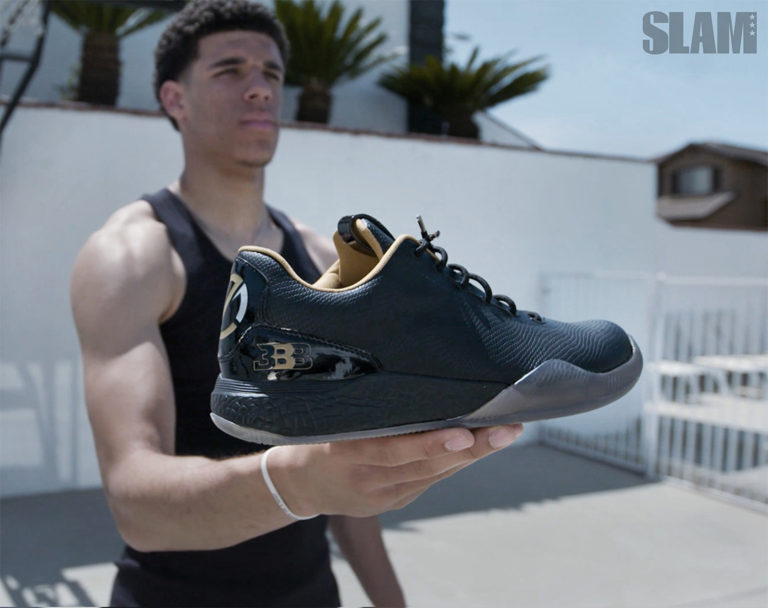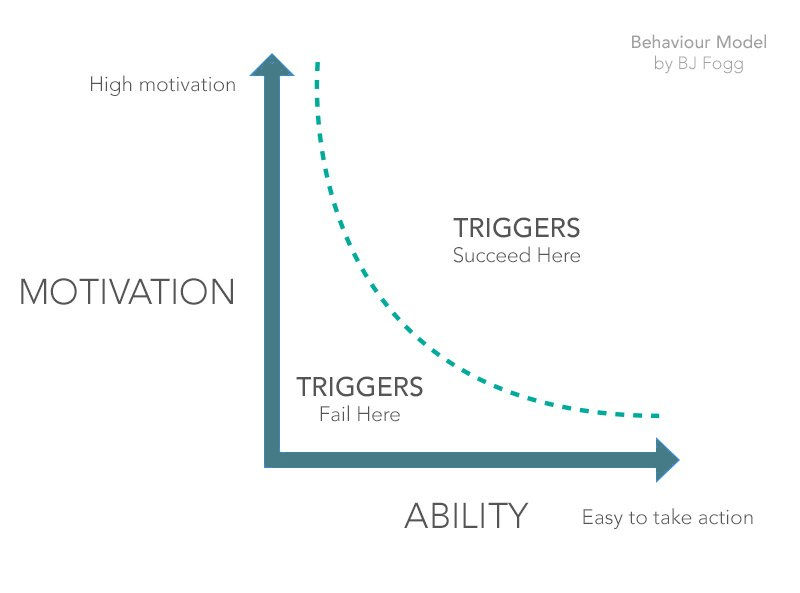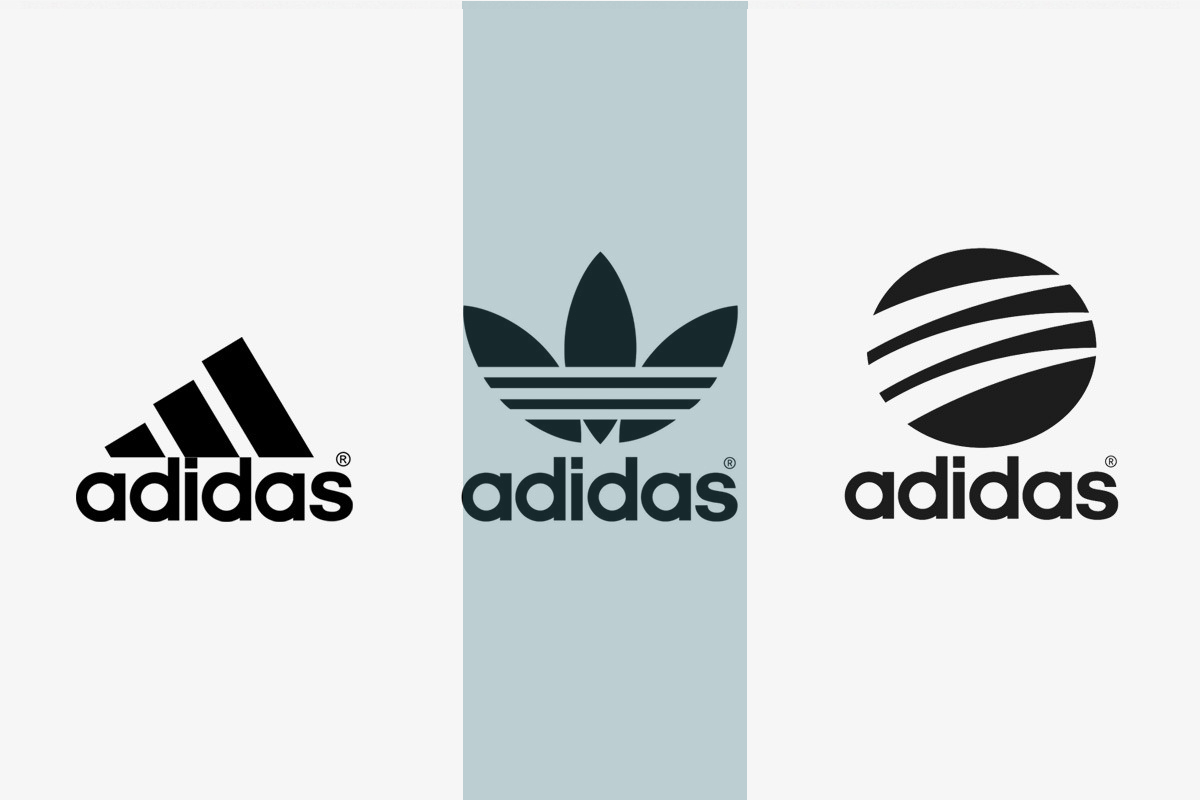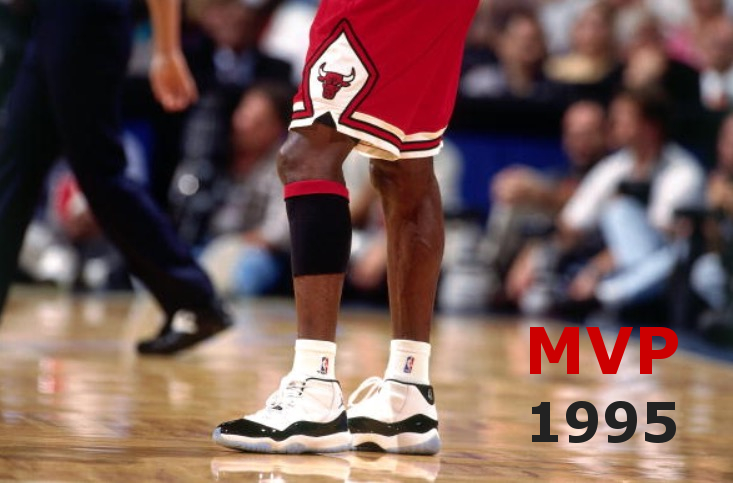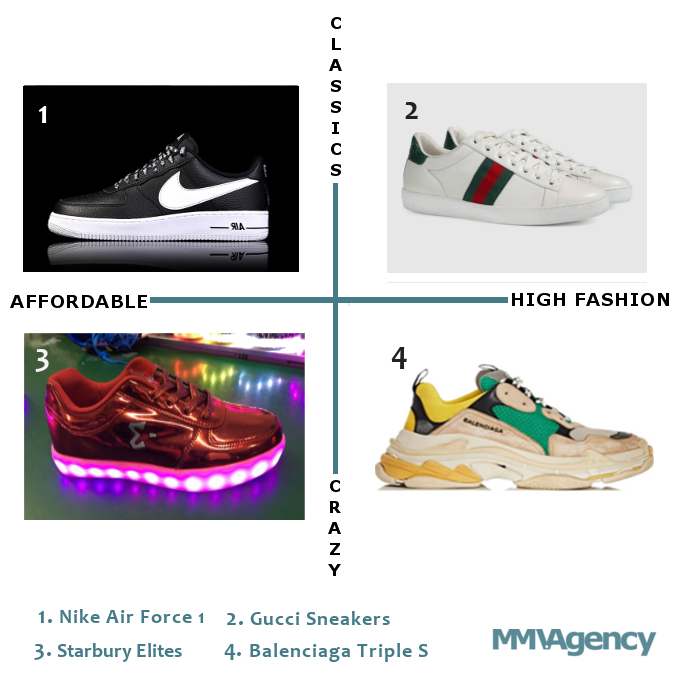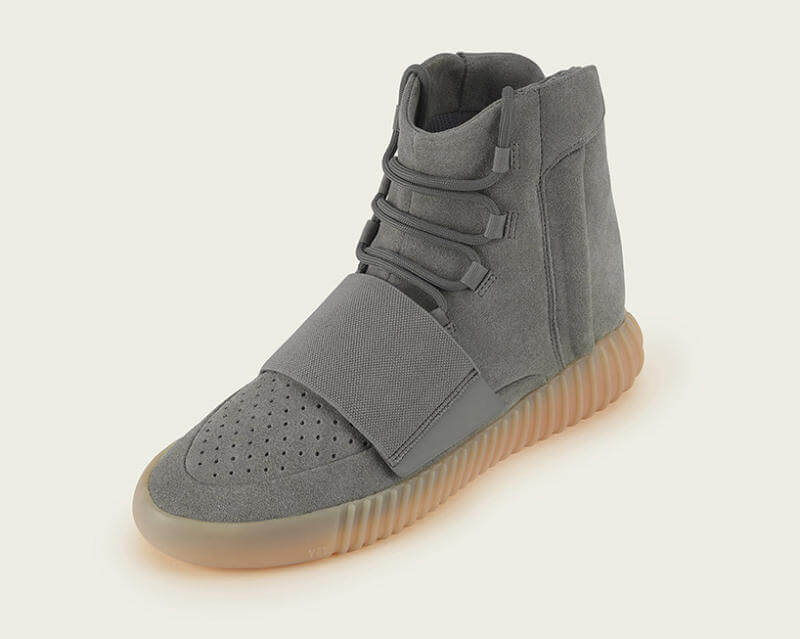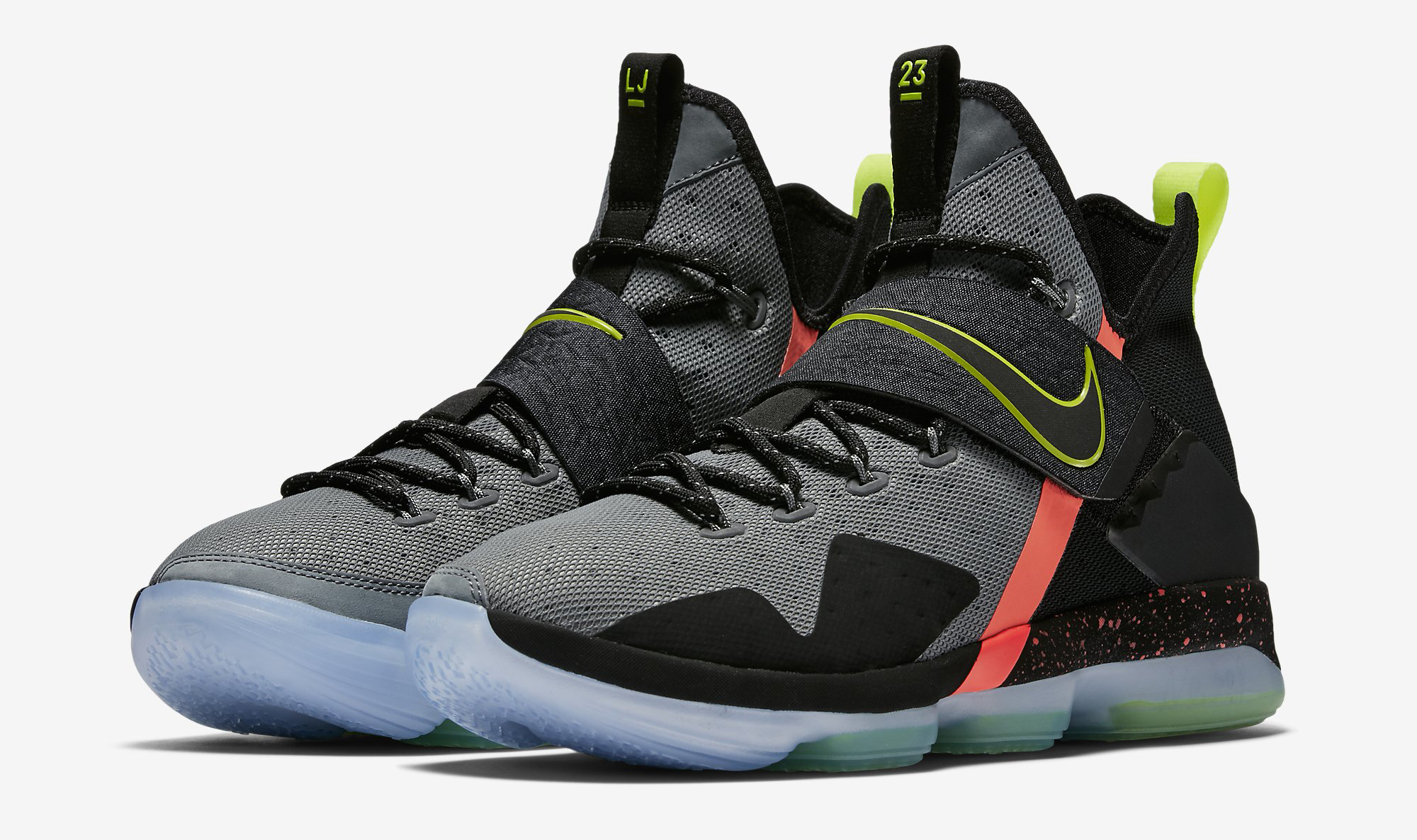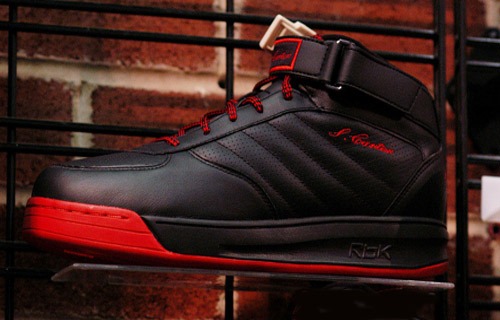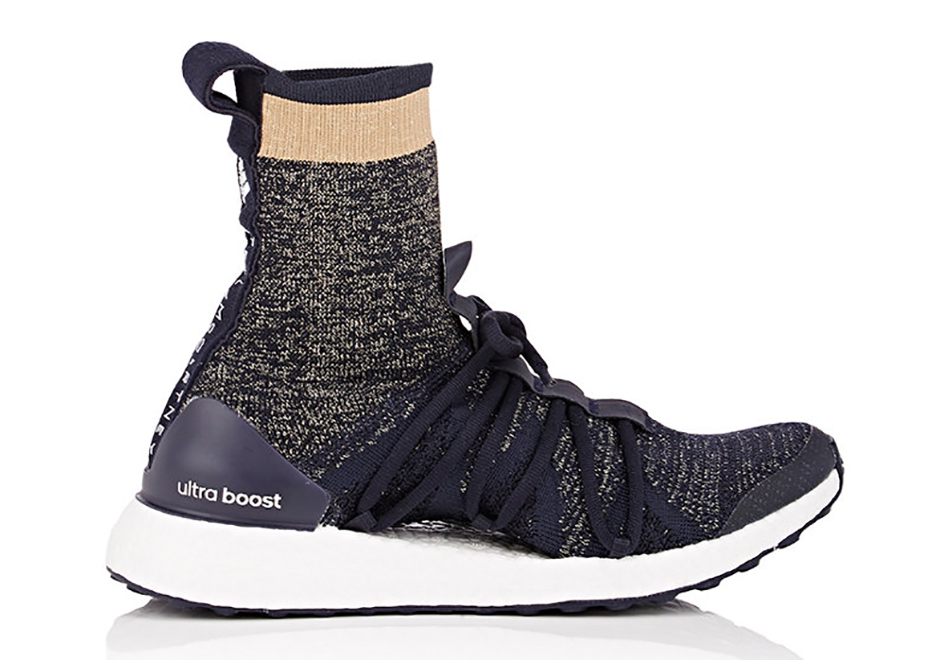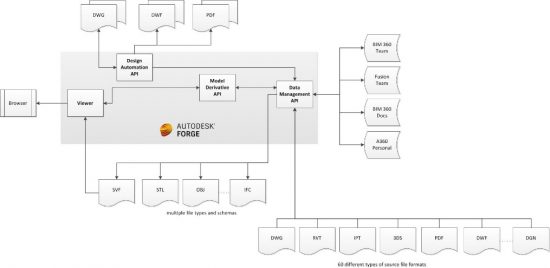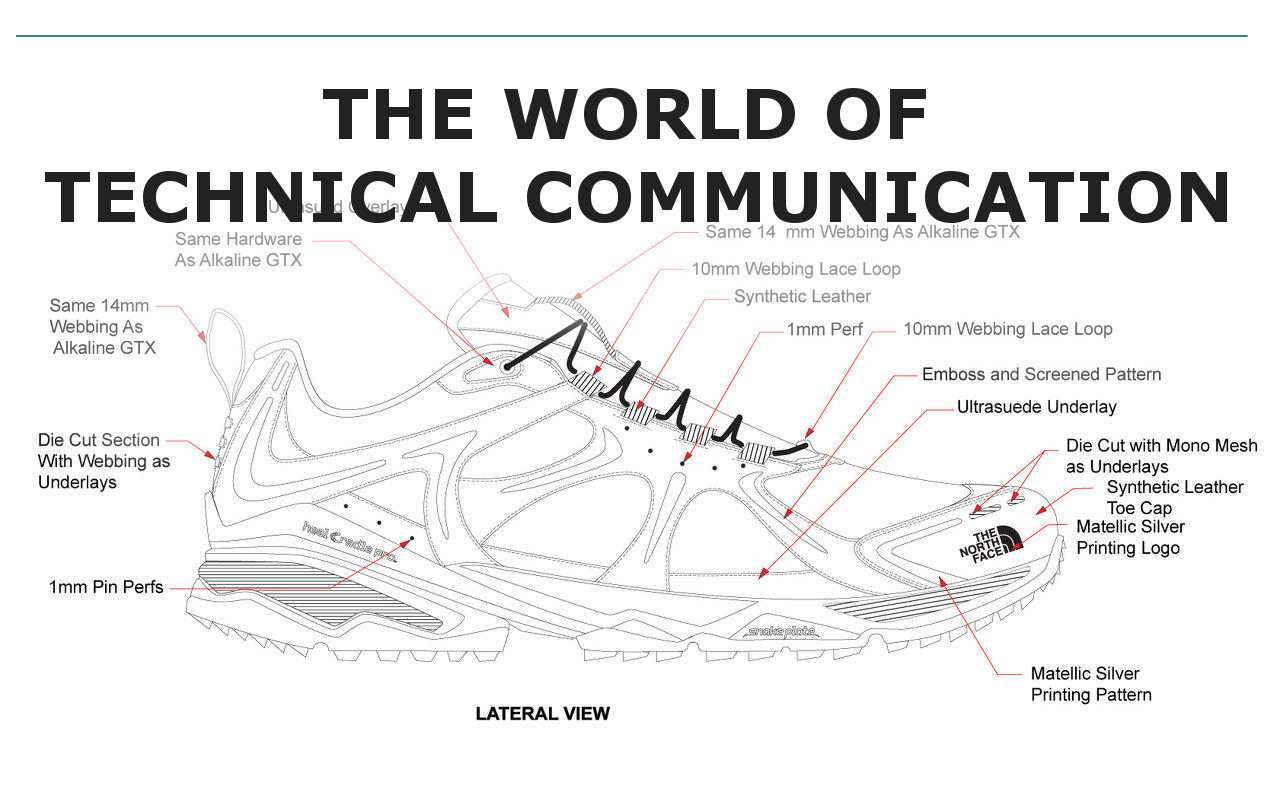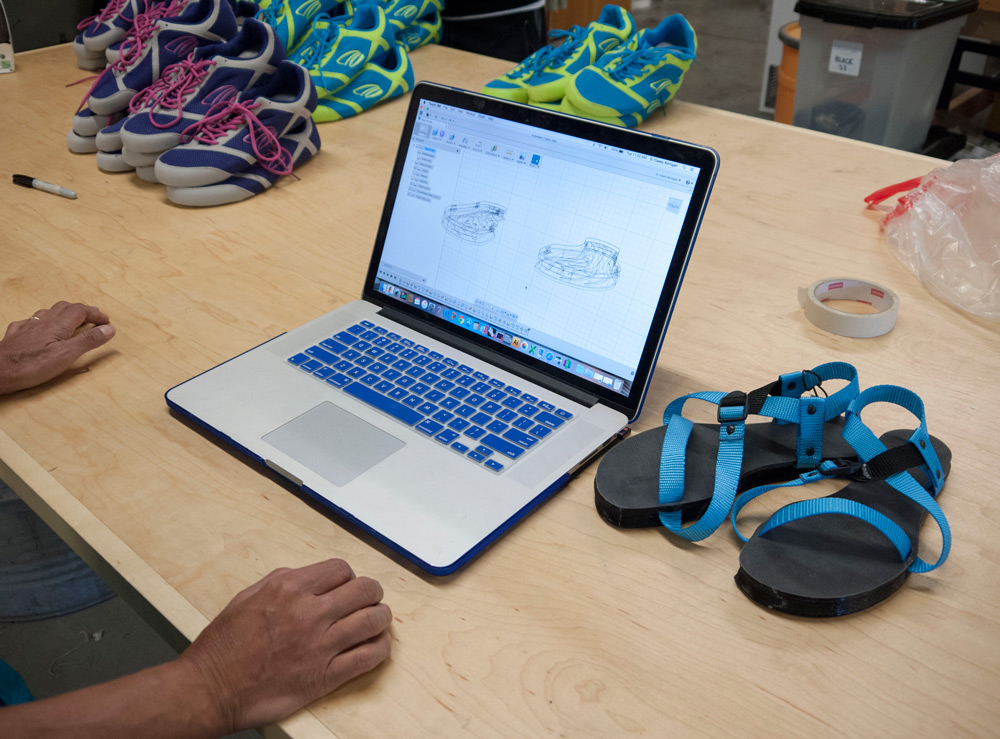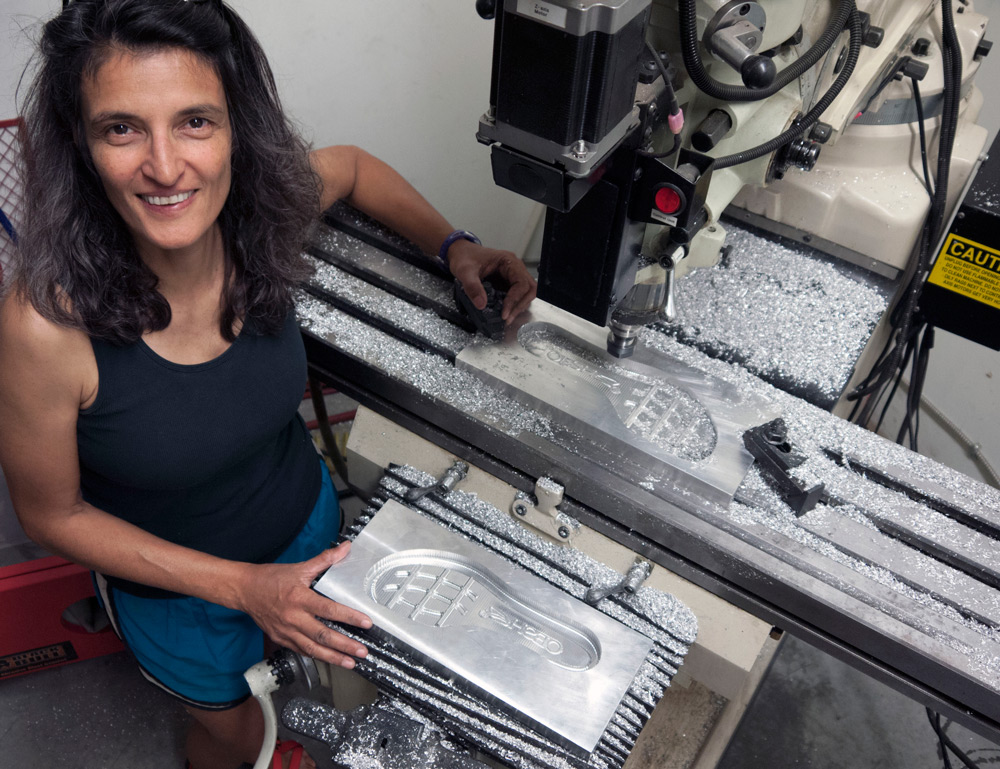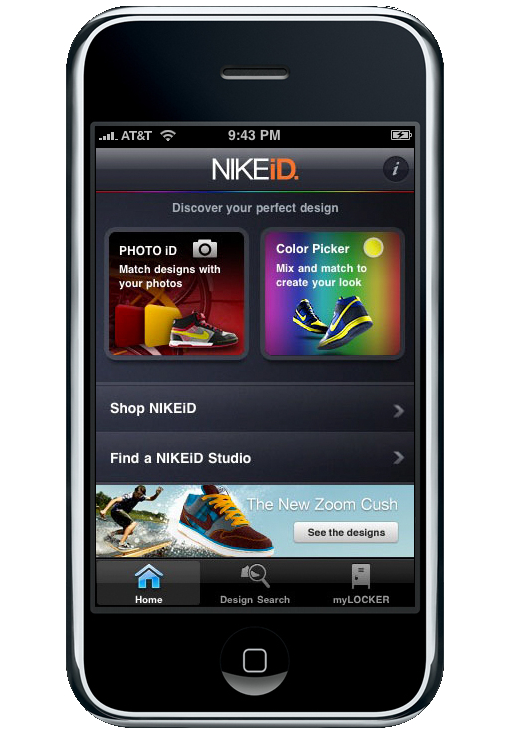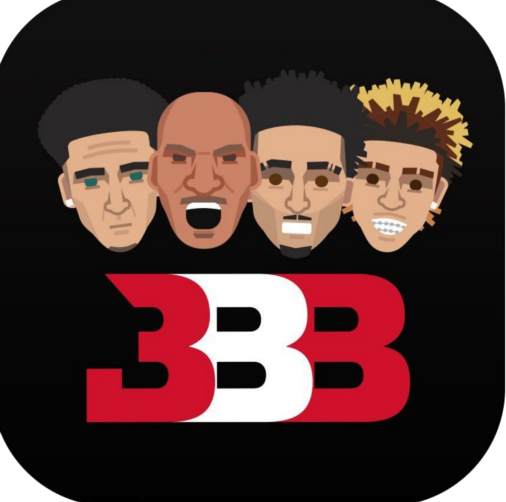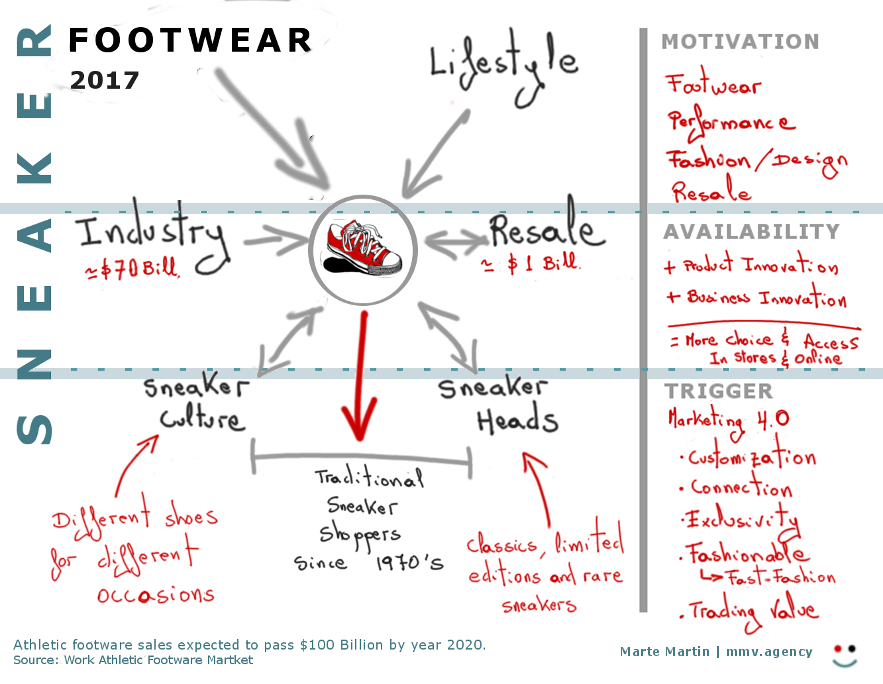Sneaker Whisperers
Breaking the molds of the shoe industry through rhetoric and communication, feat. the Big Baller Brand.
 Written by Marte Martin Written by Marte Martin
|
July 28, 2023 |
Professional ball player Lonzo Ball with his BBB ZO2s. SOURCE: SLAM Magazine
| SUMMARY |
The history of the sneaker began in the 1950s when kids began wearing them as fashion statements. Since then, innovative communication has turned sneakers into hyper-sensical objects, redefining how we value shoes. PART 1: The industry
How technologies are being combined today is transforming the way things are being made and sold, and information technology –specifically– is opening opportunities in industry for new and smaller companies. PART 2: The technology
Even though the sneaker sector is one of the hardest to break into, Sneaker Whisperers are changing the world of sneaker-marketing by creating new and stronger relationships with shoppers. PART 3: Who is endorsing who?
In the world of shoes, Sneaker Whisperers' ability to create connections with others through a story becomes their main source of competitiveness within the industry. Today, sneakers embody more than footwear or fashion, they increasingly represent a sense of belonging which many of us naturally value and will pay for. PART 4: Packing more communication
- Our motivation to buy is now augmented by new marketing frameworks which place emphasis on the soft-communication of qualities such as personality, affiliation, exclusivity, customization, uniqueness or connectivity.
- The 'rhetoric' moves to the center of the value proposition, creating hyper-rhetoric based-products as a result.
- Sneakers for example, will compete mainly not on quality or performance, but on the message the shoes evoke by association with other individuals and those individuals' values.
- As customers increasingly place more value on the message and the messenger behind the product, the value proposition of the product itself changes, potentially becoming a competitive advantage.
Get Marte's stories in your inbox!Sign up to email list and receive our articles, interviews, feature, and much more.
The industry
The history of the sneaker began in the 1950s when kids began wearing them as fashion statements. Since then, innovative communication has turned sneakers into hyper-sensical objects, redefining how we value shoes.
Innovative communication-frameworks are turning shoes into hyper-sensical objects and are redefining how we value shoes. In other words, the narrative behind the product goes from being key in marketing a shoe to playing a central role in the overall value proposition. Sneaker Whisperers mold shoes while they tell the stories behind them, enhancing our desire to associate and buy, and in the end changing what people want to pay for.
Behavior Model by BJ Fogg
More offering and more access increase our ability to buy shoes. The focus of businesses on marketing-conversions and more efficient sales-funnels has resulted in innovative triggers which push us to act-and-buy. But as these triggers become more IT dependent, the most sophisticated ones are quickly copied or even surpassed, and quickly find themselves back trailing in any competitive edge. As the elements of ‘ability’ and ‘triggers’ lose competitiveness in the sneaker industry, the element of motivation becomes more central in why someone would buy a certain shoe, that is, the value proposition changes. It is a departure from the ‘conventional’ marketing techniques which have motivated consumers to buy sneakers for decades.
Our motivation to buy is now augmented by new marketing frameworks which place emphasis on the soft-communication of qualities such as personality, affiliation, exclusivity, customization, uniqueness or connectivity — leaving behind qualities of performance, sense of fashion or sheer emotion as main reasons to buy shoes. (Behaviour Model by BJ Fogg)
More reasons to buy shoes means more demand for shoes, and more demand for shoes means more supply. In 2017, the global athletic footwear market was valued at more than US$70 billion. By the end of 2018, the market reached $80bn. And by 2020, it was more than $100bn.
FROM NEED TO LUXURY FROM PERFORMANCE TO LIFE-STYLE
Adidas Originals C-10, a mix of performance and high-end fashion.COMPLEX Media
Adi Dassler founded Adidas after World War II and after splitting from his bother Rudolf, who would venture on his own and create Puma. The focus on athletic shoes started early for both Adidas and Puma. The two companies have competed fiercely among them for decades. In 2005 Adidas acquired British company Reebook, a world player going through financial trouble at the time. And in 2007, Kerim, the Paris based group and owner of luxury brands such Gucci or Yves Saint Lauran, took over Puma.
Nike, who initially operated as a distributor for Japanese shoe-maker ASICS in the 1960's, launched its own line of footwear by 1971, bearing the swoosh logo for the first time. In 1976, the company hired its first advertising agency to embrace a new era of marketing-focus and manufacturing-outsourcing. By 1980, Nike had attained a 50% market share in the U.S. athletic shoe market, the company going public that year. Phil Knight, co-founder of Nike, stepped down as chairman in 2016.
MARKETING THROUGH THE LENSES OF DESIGN & EMOTION
The sneaker performance sector must be one of the hardest to break into. Brands like Nike and Adidas have held entire sport categories with a tight grip for decades, keeping away investors fearful of development costs and the great amount of know-how needed to compete at that level.
But things seem to be changing greatly since the beginning of this decade, as new independent sneaker-brands pop up all over the world. Even though big companies are fully vested on fashion-forward ideas and designs, the expansion of IT in areas like design, manufacturing and marketing is allowing new entrants to come in the sector, with access to the same lenses of design and high-fashion while incorporating agile marketing-frameworks based on the narrative and the story behind the product. Millennials, the main market-target for most of these sneaker companies, value 'self-promotion' a great deal, where they can identify with an individual and a cause.
A NEW ERA OF THE HYPER-RHETORIC
Research published in 2012 by The University of Kansas and Wellesley College indicates that one can tell a lot about someone by looking at their shoes. Through style or design, one can guess a stranger’s age, gender or income, and even tell about his or her personality. Surely, ‘what your shoes say about you’ is a variable shoe-makers have dealt with for the longest time. The difference today is that the interpretation of the story behind the product, behind a sneaker for example, can be more manageable and even enhanced thanks to information technology, or more access to it. And again, as customers increasingly place more value on the message and the messenger behind the product, the value proposition of the sneaker changes.
"Rhetoric is the art of discourse, wherein a writer or speaker strives to inform, persuade or motivate audiences in specific situations" (Source: Wikipedia). "Visual-rhetoric describes how visual images communicate meaning, it’s one's ability to understand what an image is attempting to communicate" (Source: Wikipedia). As communication systems at equilibrium accelerate, stress, rupture and regroup, the 'rhetoric' moves to the center of the value proposition, creating hyper-rhetoric based-products as a result. Sneakers will compete mainly not on quality or performance, but on the message the shoes evoke by association with other individuals and those individuals' values.
In practice, the foundations of modern institutions are rhetorical from inside out. In the 20th Century mass media brought rhetoric more prominently into people’s lives, increasing consumer awareness, and what’s more significant, giving suppliers more control over how buyers respond. In business-economics, businesses often strive to sell goods and services that have inelastic demand, as doing so means that customers will remain loyal and continue to purchase the good or service in the face of a price increase or a substitute.
Hyper-rhetoric takes us into a new era of post-institutional communication, where it becomes more technical and mutates to become more personal and real. Products in the 21st Century do more than satisfying basic needs or give us the fashionable and luxurious, now products are also subject to public inspection – a sort of examination of the story behind it and how it defines our lifestyles by brand association.
On the one hand, the hyper-rhetoric framework pushes product and corporate communications into a new dimension of more meaning for more marginal value, or more value for the dollar invested in marketing. On the other hand, the increasing affordability of information technology creates opportunities for new entrants with compelling story-lines.
The technology
How technologies are being combined today is transforming the way things are being made and sold, and information technology –specifically– is opening opportunities in industry for new and smaller companies.
IT is having a great impact on the back-end of businesses, where design, management, manufacturing and delivery are handled. IT is having an even greater impact on the front-end of businesses, where we as buyers get to see, feel and sense.
To generate new sales, businesses are placing more weight on the communication of the story and the values behind their products. At the same time, more access to marketing channels creates opportunity for new entrants to come in with a differentiated message.
Get Marte's stories in your inbox!Sign up to email list and receive our articles, interviews, features,and much more.
Who is endorsing who?
Marte Martin meets Taser, literally. SOURCE: Marte Martin
Even though the sneaker sector is one of the hardest to break into, Sneaker Whisperers are changing the world of sneaker-marketing by creating new and stronger relationships with shoppers.
It is more than just shoes, it’s a cultural phenomenon. In sneaker business-terms, it means executing very quickly, having a very high turn-over of product and timing very well the release of a new shoe.
KANYE WEST X ADIDAS (Since 2015)
LEBRON JAMES X NIKE (Since 2002)
JAY-Z X REEBOK (2003)
STELLA McCARTNEY X ADIDAS (2017)
Lonzo Ball X Big Baller Brand (2018)
WHAT YOU DON'T SEE NEW TECH, MORE CUSTOMIZATION
A technical package of a new sneaker typically takes 12-18 months to reach manufacturing. The new shoe basketball-player Lebron James and Nike are working on today will not be released until the second half of 2022. New entrants though, they are not being held back by large bureaucracies, and since they have access to similar, if not the same software packages, as well as to independent development teams in places like China, they can run at high velocity as new companies. As access to technical innovation becomes affordable even for new companies, what a brand stands for and what it’s trying to inspire increasingly becomes the product differentiator.
It was during the 1970's when brands like Nike and Adidas began using modern materials such as EVA rubber, allowing the performance of footwear to really up its game. Creating in today’s technology-driven environment involves different processes which are interconnected. From using computer software to design and create patterns, or the evolution of fabrication from hand-forming to the use of sensors and robots, to a design process today which is more interactive with the end-consumer needs than ever before.
The industry’s shift toward eco-conscious and the desire for more customization are two major trends which have become clear. In 2012 Nike created NikeID and in 2013 Adidas created MiAdidas; new divisions created with the vision of one day producing custom sneakers on demand and on the spot. While that becomes a reality, the ultra-hyped sneakers will steer the industry, relying on design, quality and fashion.
NikeID design software for end-users of shoes. SOURCE: NikeID
MiAdidas design software for end-users of shoes. SOURCE: Mi Adidas
Sales, marketing, merchandising, development, dealing with factories, advertising etc., there are more opportunities today to building a one clear well executed message. Companies like Autodesk, pioneers in software for computer-aided design and development, have made the process of managing the different functions more feasible. Dealing with materials and colors, price points, different market places, prototypes or the different cycles of refinement and changes to a shoe, all can be ‘easily’ integrated through software packages which connect to each other, making the entire process more reliable and accountable, and allowing new entrants to pay more attention to the message behind the product.
Packing more communication
In the world of shoes, Sneaker Whisperers' ability to create connections with others through a story becomes their main source of competitiveness within the industry. Today, sneakers embody more than footwear or fashion, they increasingly represent a sense of belonging which many of us naturally value and will pay for.
" BIG BALLER BRAND is a Lifestyle Apparel company founded on core family values, and inspired by the 3 Ball brothers from Chino Hills, California. Lonzo, LiAngelo, and LaMelo Ball are basketball players with Championship pedigree. We are always striving for excellence through strong work ethic, passion, and commitment to win as a team. Our company goal and purpose is to deliver the same qualities into the brand. We are dedicated to produce the highest quality products to build brand loyalty. Our mission is to provide a clothing line that is a reflection of what every Big Baller in the world expresses through what they wear. Trust Big Baller Brand as a Lifestyle for the latest in apparel fashion and design for any occasion. Welcome to our family. "
In fashion shows sneakers are all over the runways, it’s like everybody has them on. The sneaker world seems to be a place where everyone wants to be at. And the stories behind them-all sneakers are amazing, unique and gated by LIMITED editions.
In business, the ‘Five Forces’ is a tool used to analyse competition, determining an industry's weaknesses and strengths. It's generally used to outline a company's strategy in search of profitability. Applying the forces to the sneaker industry, one can infer that the driving forces of the industry have changed and continue to change drastically since the beginning of the decade. (1) The industry is shifting into much more competition, (3) the barriers to enter the sector are much lower, (3) suppliers and (4) customers have much more power to negotiate, and (5) substitutes are popping-up all over the place. Changes are letting new formed companies enter the industry, at the same time, these changes are pushing the sneaker industry to grow significantly.
In the apparel arena, a new entrant like Big Baller Brand is capable of outshining through innovation. They use the power of the cloud, and the crowd, to spread a message which becomes the driving force. They are open to innovation, allowing innovation to flow upstream. BBB takes advantage of digital fabrication, making things faster and in smaller batches. And the vast amount knowledge available plays to their advantage, as authenticity becomes more valuable in the market place. Big Baller is leveraging talent and the power of computing to enter the sneaker market, and perhaps even create a market of their own.
For decades, the main players in the sneaker industry used the same formula to market and sell their shoes. How much weight is placed on the different aspects which govern how we buy sneakers has remained consistent for a long time, dictating what shoes we buy and when we buy them. Today, Sneaker Whisperers have embraced the pervasiveness of technology to alter consumer behavior, still capable of keeping up with standards of product ‘availability’ and customer ‘activation’, while rewriting the rules of persuasion through enhanced communication and to motivate us to buy. Their ability to create connections with others through a story becomes their main source of competitiveness within the industry.
This story Sneaker Whisperers appeared first on martemartin.com/resources.
